Breast Augmentation in Costa Rica
Search and Compare the Best Clinics and Doctors at the Lowest Prices for Breast Augmentation in Costa Rica






Breast Augmentation at Dr. Chavarria Plastic Surgery Clinic in San Jose, Costa Rica





Breast Augmentation at Dr. Miguel Alfaro Plastic Surgery Costa Rica in San Jose, Costa Rica





Breast Augmentation at Hospital Clinica Biblica in San Jose, Costa Rica




Breast Augmentation at The Rosenstock Lieberman Plastic Surgery Center in San Jose, Costa Rica


Breast Augmentation at Dr. Gabriel Peralta Mantilla in Alajuela, Costa Rica


Breast Augmentation at Clinica Laser in Guanacaste, Costa Rica





Breast Augmentation at Surgery Costa Rica in San Jose, Costa Rica



Breast Augmentation at Centro Médico Dr. Macaya Centro in San Jose, Costa Rica
Our partner clinics in are accredited by the following associations








































































































































Compare Before & After Photos of Breast Augmentation






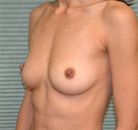



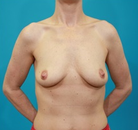

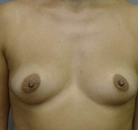
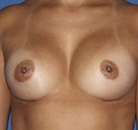
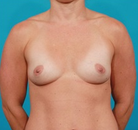



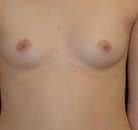
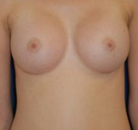
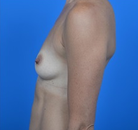
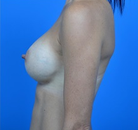
No Time?
Tell us what you're looking for and we'll reach out to the top clinics all at once
WHY US?






























































































































































No Time?
Tell us what you're looking for and we'll reach out to the top clinics all at once
What is the cost of Breast Augmentation in Costa Rica?
Prices in Costa Rica are competitive, often offering savings without compromising on quality, especially when compared to costs in the US or Europe. However, factors such as surgeon’s fees, facility costs, and the type of implants affect the total cost.
What does a Breast Augmentation Procedure Involve?
The surgery involves placing breast implants under the breast tissue or chest muscles. Choices between saline or silicone implants can be made based on the desired feel and appearance. This is something your surgeon will discuss with you prior to even travelling.
How Long Should I Stay in Costa Rica for a Breast Augmentation Procedure?
The length of stay in Costa Rica for a Breast Augmentation is subject to various factors, such as your overall health, the specific nature of the procedure, and your individual recovery rate. Generally, Breast Augmentation surgery is an outpatient process, meaning you may be able to return home on the same day. However, a stay of up to two days might be necessary if your procedure is more intricate.
Although the hospital stay is relatively brief, it is advisable to remain in Costa Rica for at least one-week post-procedure. This timeframe allows for initial recovery and a follow-up appointment with the surgeon. Moreover, in the event of any complications, prompt medical assistance will be accessible. Thorough knowledge of the recovery process and its duration is crucial for proper preparation and managing stress during treatment.
What's the Recovery Time for Breast Augmentation Procedures in Costa Rica?
Post-surgery, a recovery period of one to two weeks is generally required, with follow-up visits to the surgeon. It's crucial to follow all post-op instructions for optimal healing.
Experiencing swelling and discomfort following the operation is normal, both of which should gradually alleviate with time. You will be required to wear a compression garment, take prescribed medications, and maintain a healthy lifestyle for an effective recovery.
What sort of Aftercare is Required for Breast Augmentation Procedures in Costa Rica?
Post-operative care is critical for the success of a Breast Augmentation. The initial recovery phase usually includes prescribed medications to alleviate pain and avert infection. Individuals can normally resume everyday activities within a few weeks, depending on their healing pace and bodily responses. However, it is advisable to refrain from vigorous activities for a minimum of six weeks post-procedure.
What's the Success Rate of Breast Augmentation Procedures in Costa Rica?
In Costa Rica, Breast Augmentation boasts a relatively high success rate, which contributes to its immense popularity among individuals seeking improvements in their physical appearance. Numerous patients have reported satisfaction and enhanced confidence after undergoing the procedure, making it a widely favoured cosmetic surgery.
Are there Alternatives to Breast Augmentation Procedures in Costa Rica?
In Costa Rica, there are several alternatives to the Breast Augmentation. If you're considering breast augmentation strictly for cosmetic reasons and prefer non-surgical options, various suitable methods are available. Alternatives include fat grafting, hormonal therapy, and natural remedies. Fat grafting, also known as fat transfer, involves removing fat from different body parts and injecting it into your breasts. This approach is regarded as safer because it employs the body's tissue, minimizing complications.
This information has been accurately sourced and verified by a medical professional for its accuracy, however, we strongly recommend you to consult with your doctor before pursuing medical procedures overseas.






